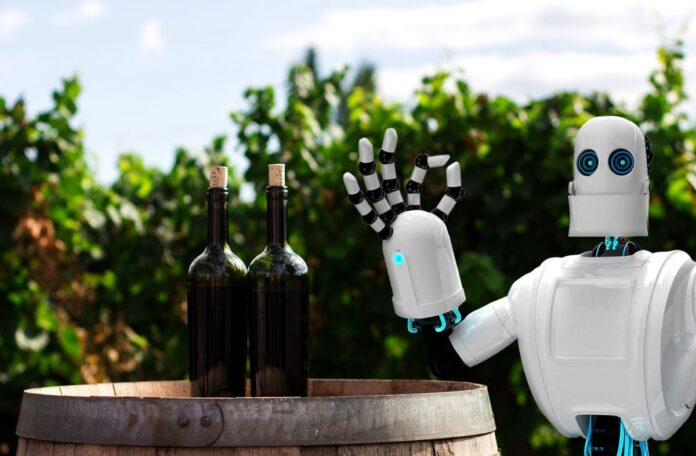Wine is probably the most desired beverage in the world. You can buy just the wine you are looking for online or you can go to a local store to find sweet fruity wine near me and you. Wine has been improved through the years and has a remarkable past.
Wine Through the Ages
Wine is a fermented alcoholic beverage that humans have enjoyed since the Neolithic times. The earliest known traces of wine come from around 7000 BC in what is now northern Iran. It’s thought that the ancient Egyptians may have cultivated grapes to make wine as early as 3500 B.C., but the Greeks and Romans made winemaking a science. Until recent technological advances, winemaking had always been an art based on tradition and trial-and-error.
One of the earliest scientific advancements was made by a French scientist named Louis Pasteur and his 1866 study “Etudes sur le Vin” (Studies on Wine). He pioneered the science of microbiology and identified that wine is a natural fermentation caused by the presence of specific yeasts. Since then, many scientific advances have been made in winemaking, including the propagation and selection of desirable yeast strains and improvements to winemaking technology.
The Science of Winemaking
The science of winemaking today can be viewed as a study of microorganisms, the chemicals they produce, and their interactions. Today’s winemakers are not only interested in bettering the taste and aroma of their wine but also want to minimize spoilage (loss of product during processing or storage) by avoiding unnecessary spoilage organisms.
Today’s winemakers actively explore modifying the environment to prevent spoilage by using new-generation oxygenation systems (O2aeration), controlled atmosphere systems, temperature management systems, and others. These advances have helped those winemakers who can afford to invest in such equipment identify the “critical points” in winemaking.
Winemakers strive to make the best wine possible and constantly search for new ways to improve their products. All winemakers hope their efforts will result in better tasting and more marketable wine. This paper explores winemaking as a complex process and how it is influenced by economics, technology, and science.
Technology in the Winemaking Industry
Technology has allowed the modern user to evaluate different methods, ingredients, and processes and choose based on cost-effectiveness or consumer demand for variety.
In the past, winemaking was done by trial and error, with only the best results retained and perpetuated. Today, winemakers can evaluate different methods, ingredients, and processes and choose based on cost-effectiveness or consumer demand for variety. Since modern technology has advanced so far, most of today’s winemakers have computerized temperature-controlled rooms for the fermentation process could be different temperatures for various types of wines. Enological techniques have been developed to determine the optimum temperature profile for every wine variety (Bertin & Raquet-Pillot 1984).
The technology used in winemaking is far more advanced than it used to be. As a result of this advancement, modern winemakers have eliminated many variables and created their desired product.
Winemakers must determine the optimal fermentation temperature and the ideal sugar content for each variety of wine. Once this has been determined, the wine is fermented for some time until the correct amount of alcoholic content has been achieved. This varies based on the type of wine produced: red wines, white wines, or table wines.
Turning to oxygenation systems in modern winemaking will allow winemakers to create their desired product without sacrificing quality and flavor. Two types of O2aeration systems are continuous-flow (CF) and batch-type (BT). The BT system is used to supplement the natural oxygenation process in the winery by adding more oxygen. Through this process, oxygen is added to the must in small amounts throughout the fermentation process.
The continuous-flow system can be used as a standalone system or work along with the BT O2aeration systems. This system uses air to supply continuous oxygen flow into the wine. The CF system has an air compressor that injects wine into a holding vessel. Then oxygen is injected into the container creating bubbles that move through tubes and inject oxygen into each tank or barrel during fermentation (Taylor, 2017).
Wine and the World Market
The world market has a wide variety of wines like red wines, white wines, dessert wines, etc. In red wine, the production is generally initiated by inoculating one or two grams per gallon of juice with a selected strain of Saccharomyces cerevisiae. Then the yeast is allowed to grow and grow, forming a web-like structure called sediment. During this period that CO2is released from the fermenting juice (European & American Winemaking).
Winemakers strive to make the best wine possible and constantly search for new ways to improve their products. All winemakers hope that their efforts will result in better tasting and more marketable wine. This paper explores winemaking as a complex process and how it is influenced by economics, technology, and science.











